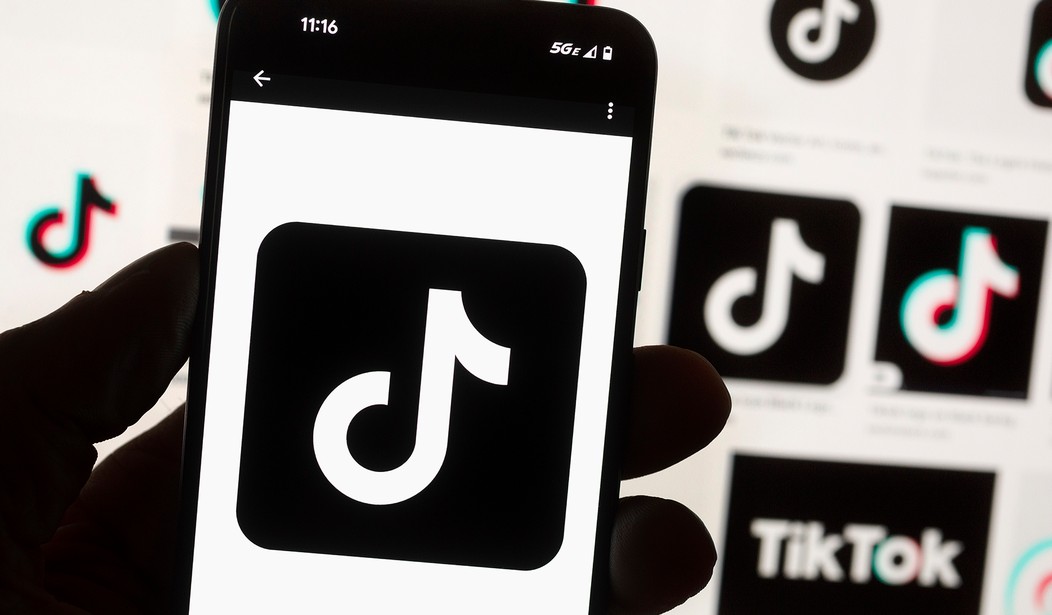The rise of the “quiet quitting” phenomenon was only one sign that corporate America is going through some changes. In some ways, the evolution isn’t so great while some changes might be beneficial. Others are not so easy to determine.
Enter the lazy-girl job trend.
The advent of the “lazy-girl job” phenomenon is sparking conversations regarding the tension between work-life balance versus career advancement. This particular trend became a thing primarily on TikTok. Now, it has been covered by a slew of major media outlets:
To fans, the ideal lazy-girl job is one that can be done from home, comes with a chill boss, ends at 5 p.m. sharp and earns between $60,000 and $80,000 a year—enough to afford the basic comforts of young-adult life, yet not enough to feel compelled to work overtime. Veterans of such jobs say roles such as “digital marketing associate,” “customer-success manager” and “office administrator” are good bets for achieving the lazy-girl lifestyle.
The term “lazy-girl job” was pioneered by Gabrielle Judge, a 26-year-old career influencer on TikTok. She emphasized that, despite the term, these are not positions where one can take it easy and be unproductive. Rather, these are roles where “your work-life balance should feel so awesome that you almost feel like you’re being lazy.”
@gabrielle_judge Career advice for women who don’t know what remote job to apply to. You can bay your bills at not feel tired at the end of the day. Women are here to collect those pay checks and move on from the work day. We have so much more fun stuff happeneing in our 5-9 that is way more important than a boss that you hate. #corporatejobs #jobsearchhacks #remoteworking #antihustleculture #9to5
After Judge began making videos about lazy-girl jobs, the topic exploded on social media, with many following her advice and seeking out roles that offered them more freedom. Many have commented on the trend and raised the question of what it says about the culture in corporate America.
Danielle Roberts, a self-proclaimed “anti-career” coach, said: .
People are spending a lot of hours per day doing something that drains them and doesn’t necessarily enhance their quality of life. And rather than calling the people who are divesting from that system lazy, and telling them that they just need to work harder, we need to talk about why it’s a trend in the first place and go one level deeper.
This cultural direction reflects the younger generation’s growing dissatisfaction with their work lives. It has prompted many to stop giving the same level of effort as previous generations have. In fact, a Gallup poll revealed that about 60 percent of workers are giving less than their maximum effort in their jobs.
It is also worth noting that people are increasingly taking on side hustles to help them make ends meet, which could account for some of the tendency to place less stock in their day jobs. This might also be even more true for those seeking to turn their side hustles into their main occupations:
Side hustles are a way for people to earn extra money aside from their regular income, and for many Americans, side hustle income isn’t for fun money. Amid inflation and the increasing likelihood of an economic downturn, people need their side income to pay their everyday bills. One in three (33 percent) U.S. adults with a side hustle say they need the money for regular living expenses, far more than those who use it for discretionary spending (27 percent).
As side hustles become an increasingly vital source of income for many Americans, here’s who is putting in the extra work — and how much they’re making in the process.
Nearly two in five (39 percent) U.S. adults have a side hustle, according to Bankrate, meaning they earn money outside of their primary job, money from a family member, trust fund or any other main source of income.
Side hustles are more popular among younger Americans, as 53 percent of Gen Zers (ages 18-26) and 50 percent of millennials (ages 27-42) told Bankrate they earn extra income on the side.
Nevertheless, the lazy-girl job wave could come with some difficulties for those embracing this lifestyle. It could stymie long-term career development, according to some experts. These roles might be less demanding, but those filling these jobs could risk missing out on developing the skills necessary for advancing their careers.
Another issue is the threat of layoffs. If a company is facing tough financial times, they might let go of employees filling roles that are not as demanding. This would mean those doing lazy-girl jobs might be the first to go.
Next on the list of risks is the career backlash that could occur if one is unable to keep their activities to themselves. Those working in these jobs might make the mistake of boasting about, or otherwise discussing their stress-free jobs on social media, which could lead to their employers seeing it. The consequences might be dire for their careers.
Finally, the concept of lazy-girl jobs could be a signifier that employees are less loyal to their employers than they have been in the past. Those filling these roles might be perceived as being uncommitted and undeserving of their position.
To sum it up, the lazy-girl job trend illustrates the growing desire for work-life balance among younger workers. It is part of the evolution of corporate culture in which companies might have to do more to keep their employees engaged. Regardless of where one falls on the matter, it is clear that times are a-changing in corporate America.














